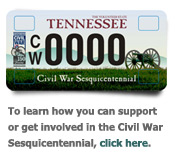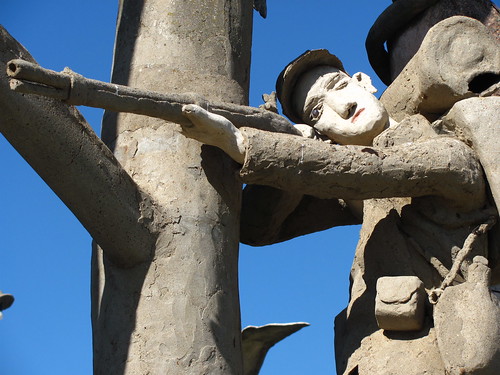There was no expectation that the investigators would find anything. When the archaeologists initially checked city records, they were unable to find any indication that a building had been on the propery before 1886.
“We’re ecstatic about what we found,” said Robert K. Antozzi, the city’s coordinator for the courthouse project. “Now we have a major expansion of the story of Fredericksburg, and that’s really exciting.”
If you’re a history buff, and you’ve never worked on an archaeological dig, you’re missing out. My own experiences are limited, but even in the case of the replica dig site I was on as a high school student, there’s a huge rush of adrenaline when you finally uncover something that’s lain hidden for hundreds of years. I can only imagine how thrilled these diggers were when Fredericksburg offered up some of its history.
When Burnside’s forces charged on Dec. 13, Lee’s forces were perched on the heights above the city. They easily repelled the Union soldiers, inflicting terrible casualties. Afterward, Union soldiers likely sheltered anywhere they could, including in the basement Mr. Kiser’s crew discovered.
There, the soldiers would have opened tins of food and warmed themselves around the fireplace. They broke out whiskey bottles, and smoked tobacco pipes. As they entered the basement, they were probably told to empty their rifles to prevent accidental discharges, which resulted in a pile of ammunition on the floor.
The next day, the Union generals ordered their troops to fall back across the Rappahannock River, and Joseph Hooker, a major general, told officers to check houses for Union troops who had taken shelter. At some point, fire engulfed the building, which collapsed into the cellar, sealing in its contents.
Incidentally, there are worldwide working-holiday opportunities out there for anyone wishing to get involved in archaeological digs, though as dreary November approaches, I’ll understand if you forego them in favor of all-inclusives at Caribbean resorts.
via Construction Site Offers Fleeting Glimpse of the Civil War Past – NYTimes.com.



